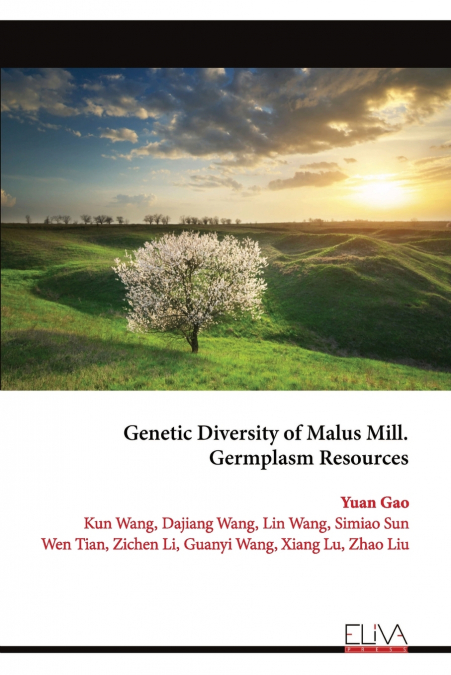
Yuan Gao
China is a center of diversity for Malus Mill. with 27 native species including 21 wild species and six domesticated species. The National Repository of Apple and Pear Germplasm Resources (Xingcheng, Liaoning, China) has been dedicated to the collection and preservation of germplasm resources of native apple plants in China since the 1980s. By the end of 2023, the repository had collected and preserved more than 2 300 germplasm resources. With the development of the collection, preservation of the national repository, the number of apple germplasm resources of Malus Mill. increased quickly. Genetic diversity of Malus germplasms gradually carred out. 16 microsatellites had been used to assess the diversity and differentiation of 391 accessions within the national repository that represent Malus × domestica (from China, Japan, former Soviet Republics, and Western countries) as well as the crop’s wild relative species Malus baccata, Malus prunifolia, Malus robusta, and Malus sieversii. A set of 19 simple sequence repeat markers was used to genotype 798 accessions of 17 species (12 wild species and five cultivated species) of Malus originating from 14 provinces in China, and the genetic diversity and genetic structure of them were analysed. Based on chloroplast intergenic regions trnH-psbA, trnS-trnG spacer+intron, trnT-5’trnL and 5’trnL-trnF, the sequences of 722 accessions of Malus were analyzed. The specific-locus amplified fragment sequencing (SLAF-seq) was used to sequence 509 accessions of Malus Mill. and 586 454 SLAF tags were obtained, including 463 612 polymorphic SLAF tags. 46 460 polymorphic single nucleotide (SNP) loci were obtained through sequence alignment analysis and screening. The genetic relationships in and among different species of Malus Mill. and the genetic structure of different species were obtained. The genetic diversity of Malus Mill. is abundant. Through the genotyping by SSR, SNP and chloroplast markers, more and more references based on genetic diversity and genetic structure can be provided for the classification, origin and evolution of Malus Mill.